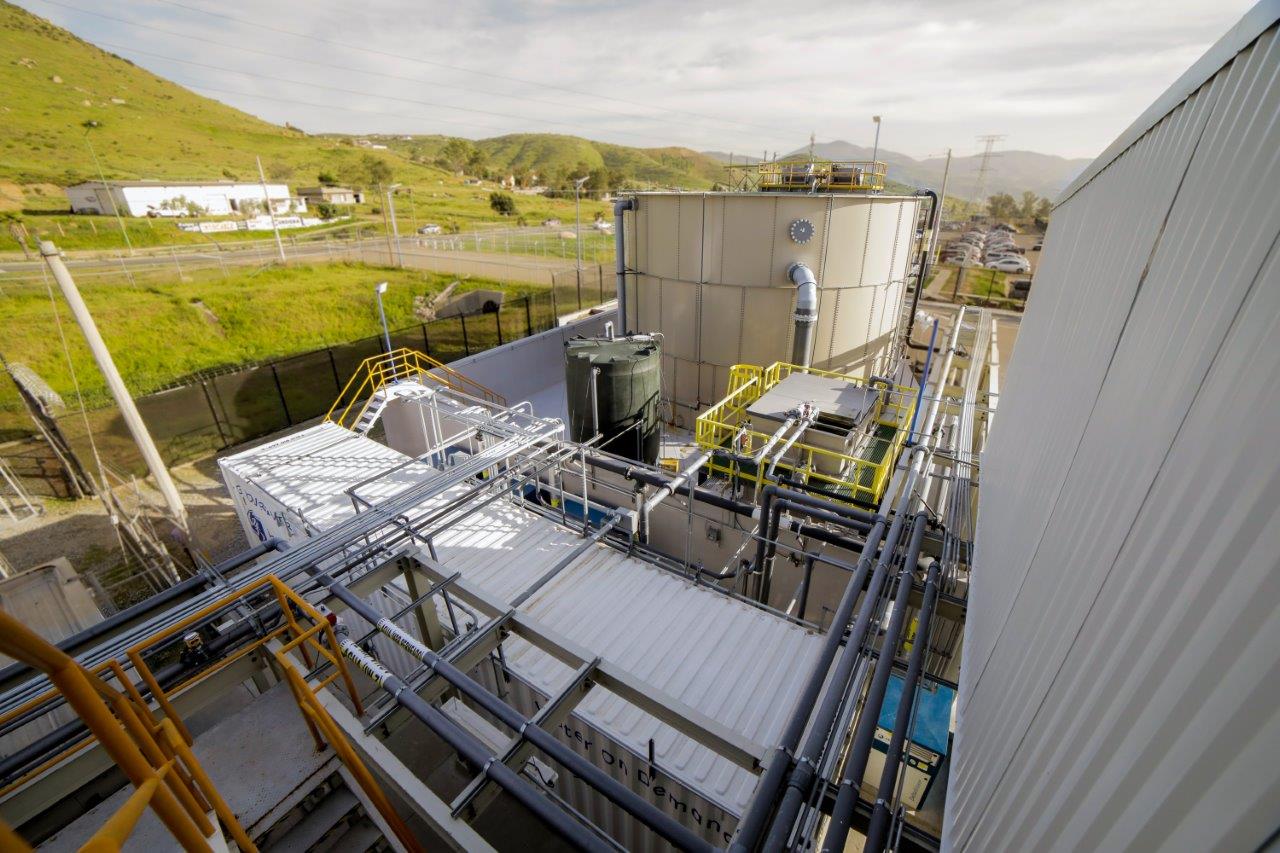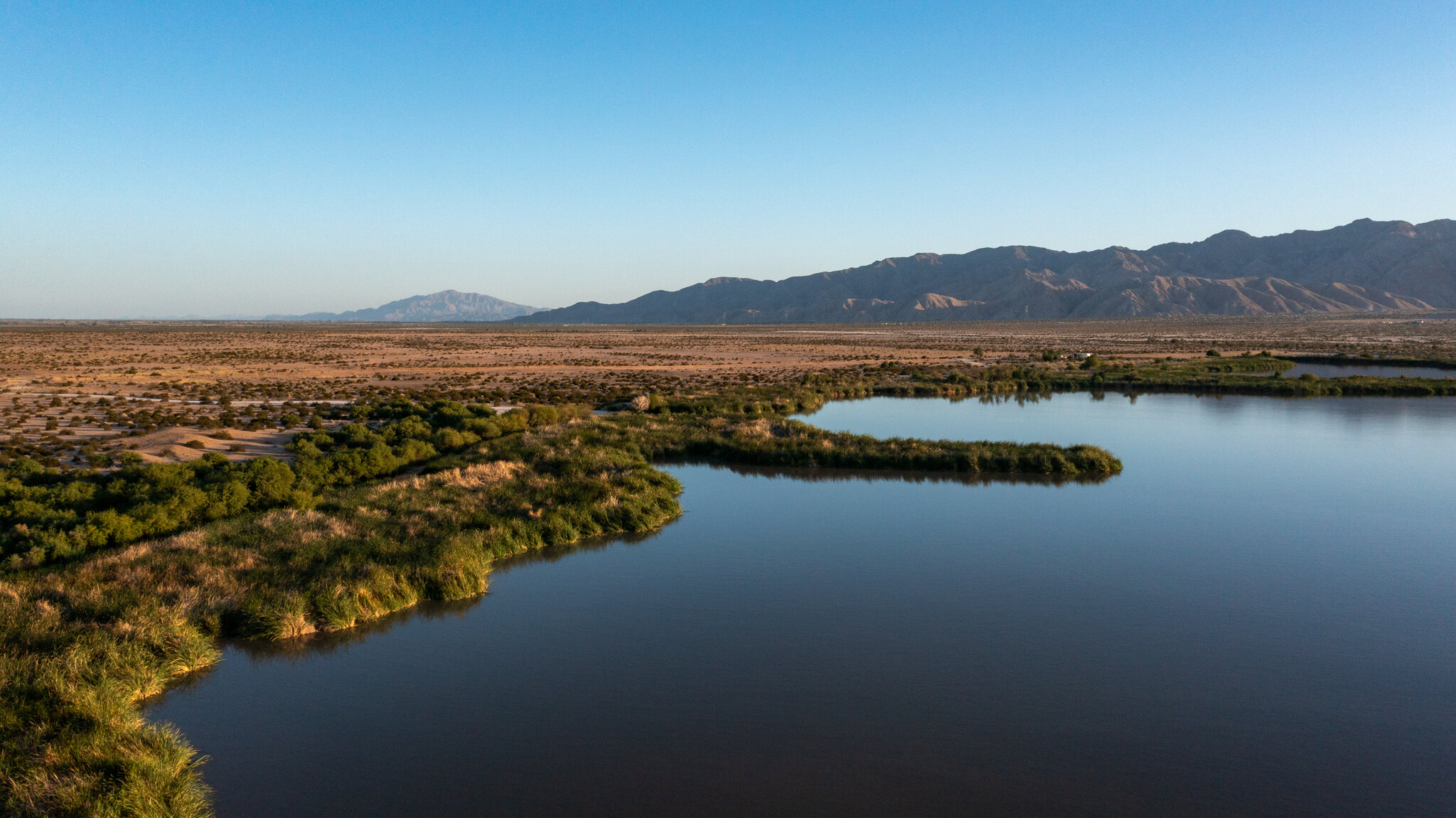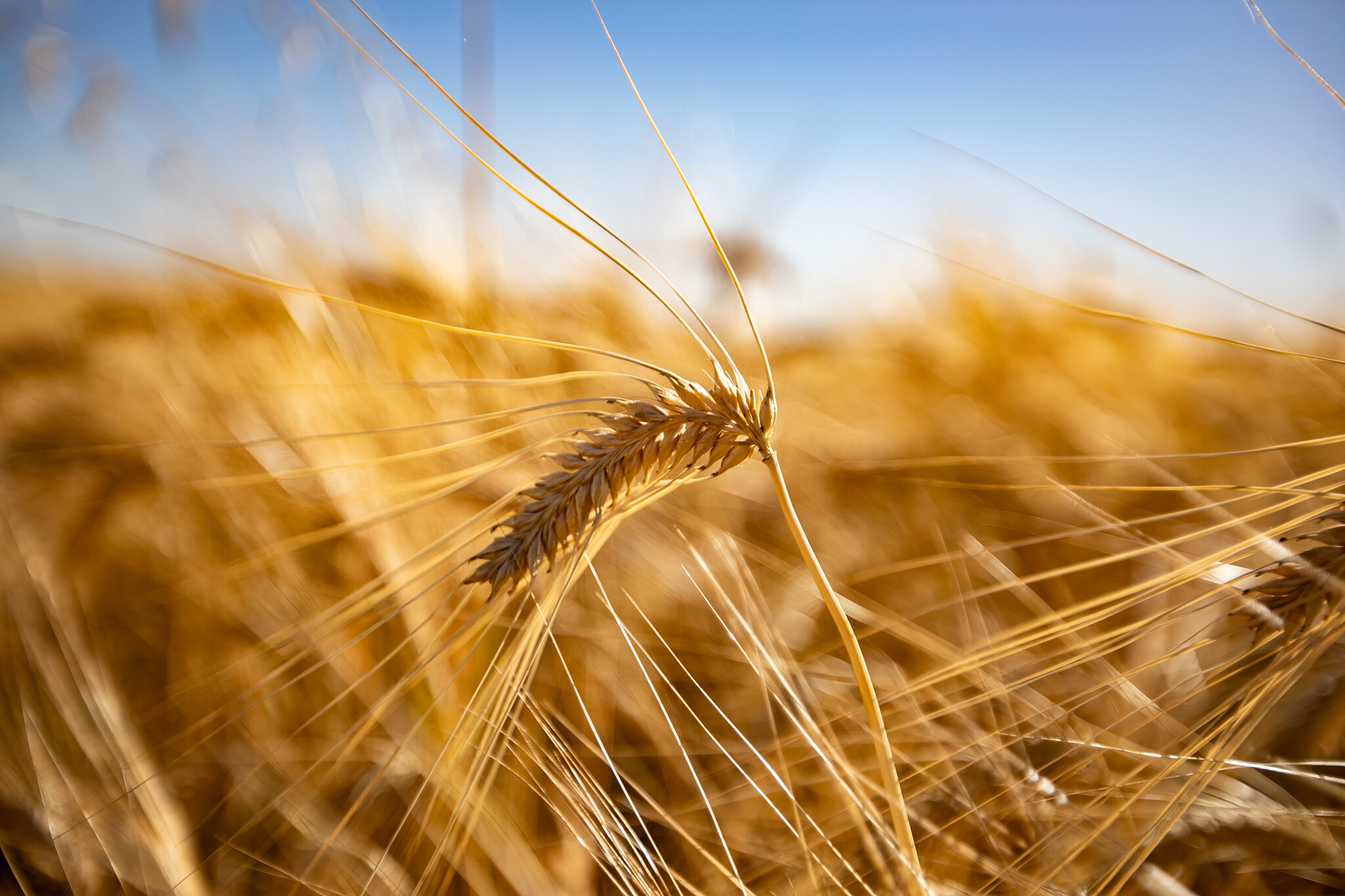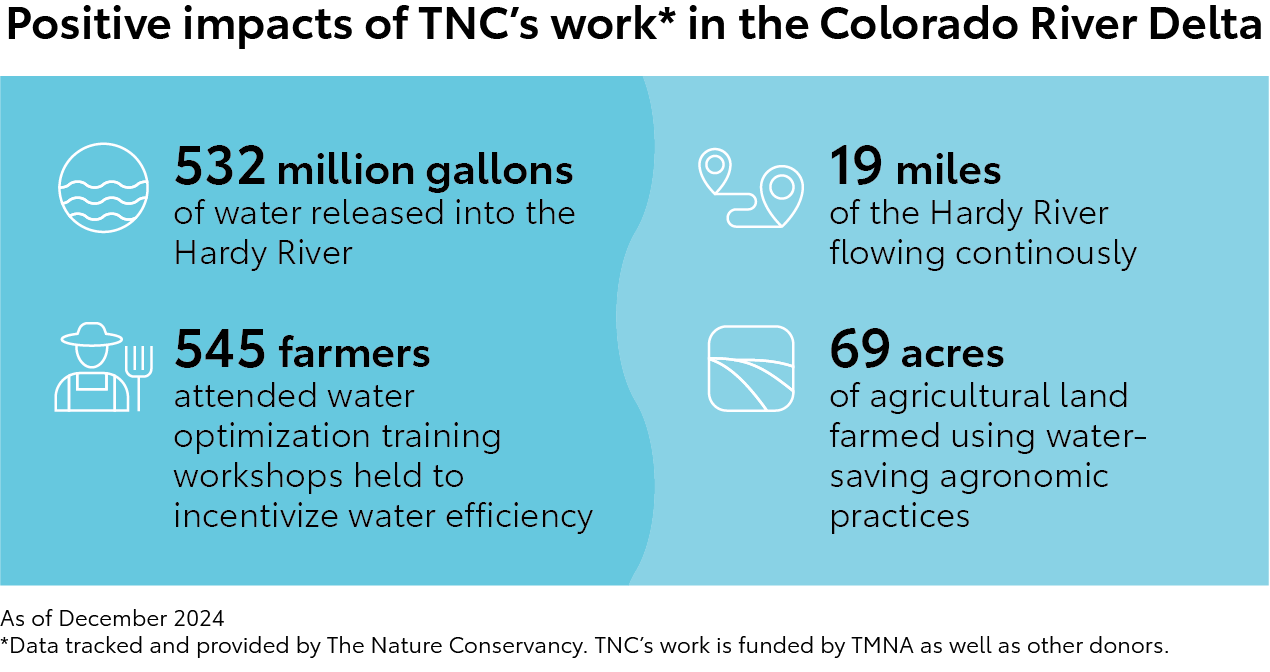Toyota Teams Up with The Nature Conservancy on Water Conservation in the Colorado River Delta
Over 40 million people in the U.S. and Mexico rely on the Colorado River for drinking water, as do farmers with 5.5 million acres of crops that supply vegetables to the entire world.[1] But decades of drought have led to the Colorado River basin system losing over 10 trillion gallons – a volume about the size of Lake Mead.[2] As the drought continues, less and less water is available to balance the needs of people and farmers, not to mention the fish and wildlife that depend on the river’s ecosystems.
The impacts reach all the way downstream to Toyota’s assembly plant in Tecate, Mexico (Toyota Motor Manufacturing de Baja California S. de R.L. de C.V., or TMMBC). An aqueduct stretches over 80 miles from a diversion dam on the Colorado River in Mexicali to reservoirs that provide water to TMMBC, other businesses, farmers and homes in Tecate and along the western Baja California coast from Tijuana to Ensenada.
In 2022, TMNA entered a multi-year collaboration with The Nature Conservancy (TNC) to help address water issues in Baja California. TNC works with local partners, cities and agricultural users, aiming to secure a sufficient, sustainable and reliable water supply for people and nature for years to come.
“Our engagement with TNC is about collective action,” said Mark Yamauchi, former manager in Environmental Sustainability at TMNA. “One of Toyota’s global values is Respect for the Environment, and we are showing our respect for TMMBC’s watershed by approaching water issues through dual lenses – by working on water conservation projects at the plant, and by engaging with partners like TNC to effect positive change beyond our fence line.”
[1] Biden-Harris Administration Advances Long-Term Planning Efforts to Protect the Colorado River System, Bureau of Reclamation, October 19, 2023
[2] Colorado River Basin has lost 10 trillion gallons due to warming temps, enough water to fill Lake Mead, study shows, by Ella Nilsen, CNN, August 1, 2023
Toyota is developing a water strategy for TMMBC that addresses risks both on- and off-site.
TMMBC is one of several Toyota sites in North America with extremely high baseline water stress, according to the World Resources Institute’s Aqueduct Water Risk Atlas. This means that the ratio of water used to available water supply is high, indicating more competition among users. In TMMBC’s case, other users of water in the area are mainly the growing population and the agricultural sector.
The dual aims of our approach are to help ensure a secure water supply for TMMBC long into the future and to contribute to the health and resilience of the watershed. The approach has two main elements: conserving use at the plant and engaging in conservation with partners within the watershed
Conserving water on-site: TMMBC sits on 700 acres and produces over 150,000 Toyota Tacoma trucks annually. Toyota needs water to operate the plant, mainly to paint vehicles but also to provide potable water for employees’ drinking, sanitation and hygiene. One way that TMMBC conserves water on-site is with a membrane bio reactor, which removes solids from water already used in the manufacturing process. This filtered water then runs through a reverse osmosis system to eliminate any dissolved solids. The plant reuses the water over and over again, which saves an estimated 23 million gallons annually.

Engaging with partners: TMNA has provided over $528,000 to TNC between 2022 and 2025 to help TNC acquire, secure and monitor the delivery of water volume for environmental restoration in the Colorado River Delta. With support from TMNA and others, TNC seeks to permanently protect sufficient and reliable water supply for over 16,100 acres of wetlands along the Hardy River and in the Santa Clara Marsh, the lower Colorado River and the upper Colorado River Estuary where aquifer recharge takes place.

To secure water for delivery to the Hardy River, TNC works with farmers to help them use less water. Farmers lease the amount of water they need, and any unused water is either leased to another entity and used or released into the desert. Now, thanks to TNC, the water saved by the farmers is delivered to the Hardy River through irrigation canals.
As of the end of 2024, farmers on 69 acres of agricultural land were participating in water-saving agronomic practices. Four of these farmers, who account for about 10% of the water that goes back to the Hardy River, are participating in crop switching pilot projects. These farmers are switching from growing alfalfa and wheat, both high water demand crops, to growing barley. Farmers who switch from wheat to barley use about half the amount of water and earn up to 40% more money per acre.

“The farmers are going out every day to make a living for their families, to try to have a better future, and having this opportunity to help these families at least a little bit has been really good,” explained Edgar Carrera, Colorado River Delta Project Coordinator with The Nature Conservancy Mexico. “I appreciate all the amazing support from Toyota, because with your help, we were able to transition our ideas into reality.”
In addition to crop switching, TNC also hosts workshops to train farmers on how to optimize water use. Between 2022 and 2024, 545 farmers attended these workshops. TNC will host additional workshops in 2025 and is encouraging local stakeholders to become trainers.
Through these efforts, The Nature Conservancy’s program to work with farmers to use less water has resulted in 2 million cubic meters (over 536 million gallons) of water restored to the Hardy River between 2022 and 2024, more than the amount used by TMMBC in the same period. Thanks to the farmers’ water savings efforts, over 19 miles (30.5 kilometers) of the Hardy River now flow continuously. These activities have also increased the amount of water available downstream – where it is scarcest – and, according to TNC, have resulted in an increase in the number of fish available for food and game as well as better water quality. In 2025, TNC will measure and secure additional water to be released into the Hardy River and will increase the number of farmers participating in workshops to learn how to use water more efficiently.




